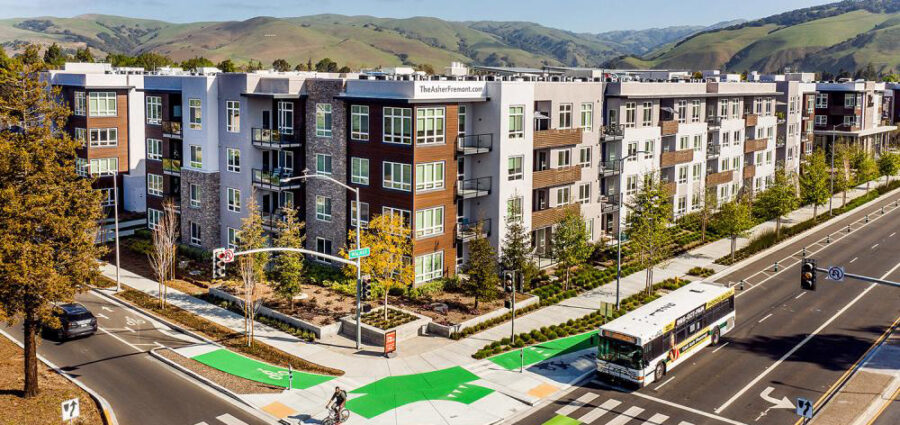The Association of Bay Area Governments (ABAG) at last Thursday’s Executive Board meeting approved the Final Regional Housing Needs Allocation (RHNA) Plan for the San Francisco Bay Area, 2023-2031. The state Housing and Community Development Department requires the Bay Area to plan for and revise local zoning to accommodate 441,176 additional housing units during the 2023-31 period. The approved final RHNA plan distributes this requirement among the region’s nine counties and 101 cities and towns, with allocations ranging from 72 units in the Napa County town of Yountville to more than 82,000 units in San Francisco.
“The Final RHNA Plan’s passage concludes a two-year regional collaborative process, reflecting hundreds of hours of work by staff, elected officials and stakeholders,” noted ABAG President and Berkeley Mayor Jesse Arreguín. “This is an important step in our region’s efforts to address our housing crisis. Every city and county must do their part to address our housing and homelessness crises. With this RHNA Plan, local governments will have to rezone and plan for significantly more housing than before. This plan also affirmatively furthers fair housing by distributing housing growth equitably throughout the region addressing decades of racial and economic segregation. This is also part of a much bigger effort being undertaken by ABAG and the Metropolitan Transportation Commission to provide resources and technical assistance to local agencies and generate new funding sources for affordable housing in the Bay Area.”
“The next steps,” Arreguín continued, “are for Bay Area cities, towns and counties to update their housing elements by January 31, 2023, to reflect the new RHNA allocations and plan for housing at all income levels. The Regional Housing Technical Assistance Program (RHTA) is ready to provide local jurisdictions with the financial support and technical assistance they need to complete these steps.”
Funded by the state’s Regional Early Action Planning grant, ABAG created RHTA to help local agencies update the housing elements of their general plans, ensuring that Bay Area cities, towns and counties take the steps to move from plans to implementation and remain competitive for various state funding programs to increase housing opportunities. RHTA includes some $11 million in direct assistance to local governments as well as other support.
The Bay Area Housing Finance Authority (BAHFA) is another part of ABAG’s and the Metropolitan Transportation Commission’s expanded regional housing portfolio. “As the first regional housing finance authority in California, BAHFA has the potential to raise hundreds of millions of dollars to help meet the Bay Area’s urgent housing affordability challenges,” explained Oakland Mayor Libby Schaaf, who chairs the BAHFA Oversight Committee. “The RHNA Plan establishes the housing at each income level that Bay Area’s communities need to plan for, but BAFHA provides an opportunity to fund the solution: providing more housing for everyone in the Bay Area. This makes it an important part of the Bay Area’s housing toolbox as we work together to protect existing affordable housing, to prevent displacement of current residents and to promote the construction of more new housing units.”






